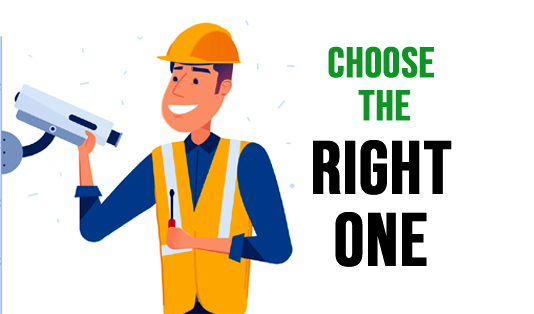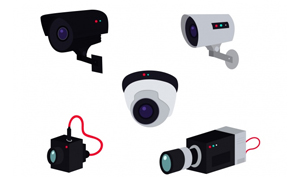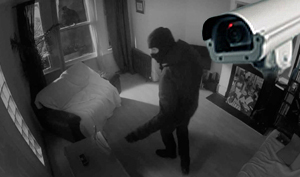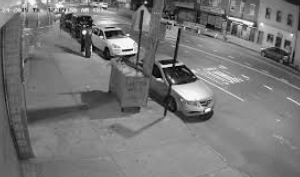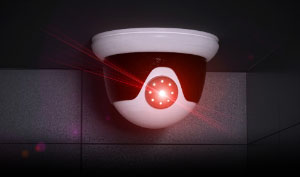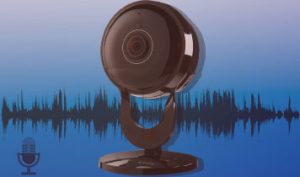Pick the Right Camera Lens to Fit Your Needs
CCTV cameras play an important role in deterring crime. You can use CCTV camera installer to secure your workplace and home premises. With a number of surveillance system variants available in the market, it can be difficult for you to choose the correct one. The system specifications need not be maximum and most recent but rather in accordance with your specific security needs. The camera lens is one of the most important factors while considering the specifications of your surveillance system. Right lens resolution will ensure good quality surveillance and can help you in identifying criminals. This blog post will explain to you the different types of lenses and how to choose the best one.
Type of lenses
There are three different types of lenses for a CCTV camera – fixed, varifocal and zoom. Each of them has applications in different areas and their characteristics differ from each other. Focal length and the capability of the adjustment of the focal length determine the type of lens in the surveillance camera. The focal length is expressed in millimetres and it is inversely proportional to the field of view.
Fixed lenses –
This type of lens has a fixed horizontal field of view and a set focal length. The operator must physically move the camera to change the amount of detail that can be viewed. Fixed lenses are suitable for general applications and they can be used to monitor small areas, such as an entrance or a lobby. This type of lens is cheaper as compared to zoom or varifocal lenses.
Varifocal lenses –
The focal length of varifocal lenses can be adjusted as per the requirement. Generally, you can adjust the focal length between 3mm and 9 mm. You can also adjust the horizontal field of view of the camera which can be helpful if there are restrictions on where you can mount the camera.
Zoom lens –
Zoom lenses provide you with the ability to adjust the focal length of the lens from a user interface, such as the video management software. The range of a zoom lens is typically much larger than the fixed and varifocal lens. Although zoom lenses are expensive, they can be the most affordable security solution for your business.

How to select the best lens
Here are some factors that you should consider while selecting the camera lenses for your system.
Focal length
The focal length or the lens size determines the field of view and it is also called as the viewing angle for a particular camera lens. The smaller the focal length number is, the wider area you can see but with fewer details; the bigger the focal length, the further you can see with a narrower viewing angle. The focal length can vary from wide angles that can capture an entire landscape to a telephoto lens which can be used to focus on a small object.
If you want a camera lens for your warehouse or construction site, the wide-angle lens can be the best choice for you. The narrower angle lens is ideal for critical entrances, such as cash registers and doorways.
Aperture
Aperture controls the brightness of the image that passes through the lens and falls on the image sensor. It is expressed in f-numbers, such as f/1.4, f/2, f/2.8, /f4, f/5.6, f/8, f/11, f/16, f/22, or f/32. A lower f-number represents a wide aperture. For instance, f/1.4 is a large aperture and allows for more light to pass into the camera.
The CCTV system will allow you to control how much a scene is in focus by adjusting the lens aperture. A wider aperture will focus on a specified object and will make the background blurry. Whereas, a small aperture will focus on everything within the range of the camera.
Iris
An iris is the part of the camera that controls how much light comes through the aperture. In simple words, more light can pass through the iris when it creates a large opening. However, you cannot get a better image by the wider opening of the iris. Too much amount of light can wash out your image and little light makes the scene dark.
The fixed and manual iris lenses are usually used for indoor applications while the auto iris lens is ideal for outdoor locations where there are variations in lighting conditions.
C or CS Mount for your CCTV camera installer
You can either select from the C or CS-mount option while installing the Camera. The major difference between the two is the distance from the image sensor to the lens. The distance for C mount is 17.5 mm and it 12.5 mm for the CS-mount.

